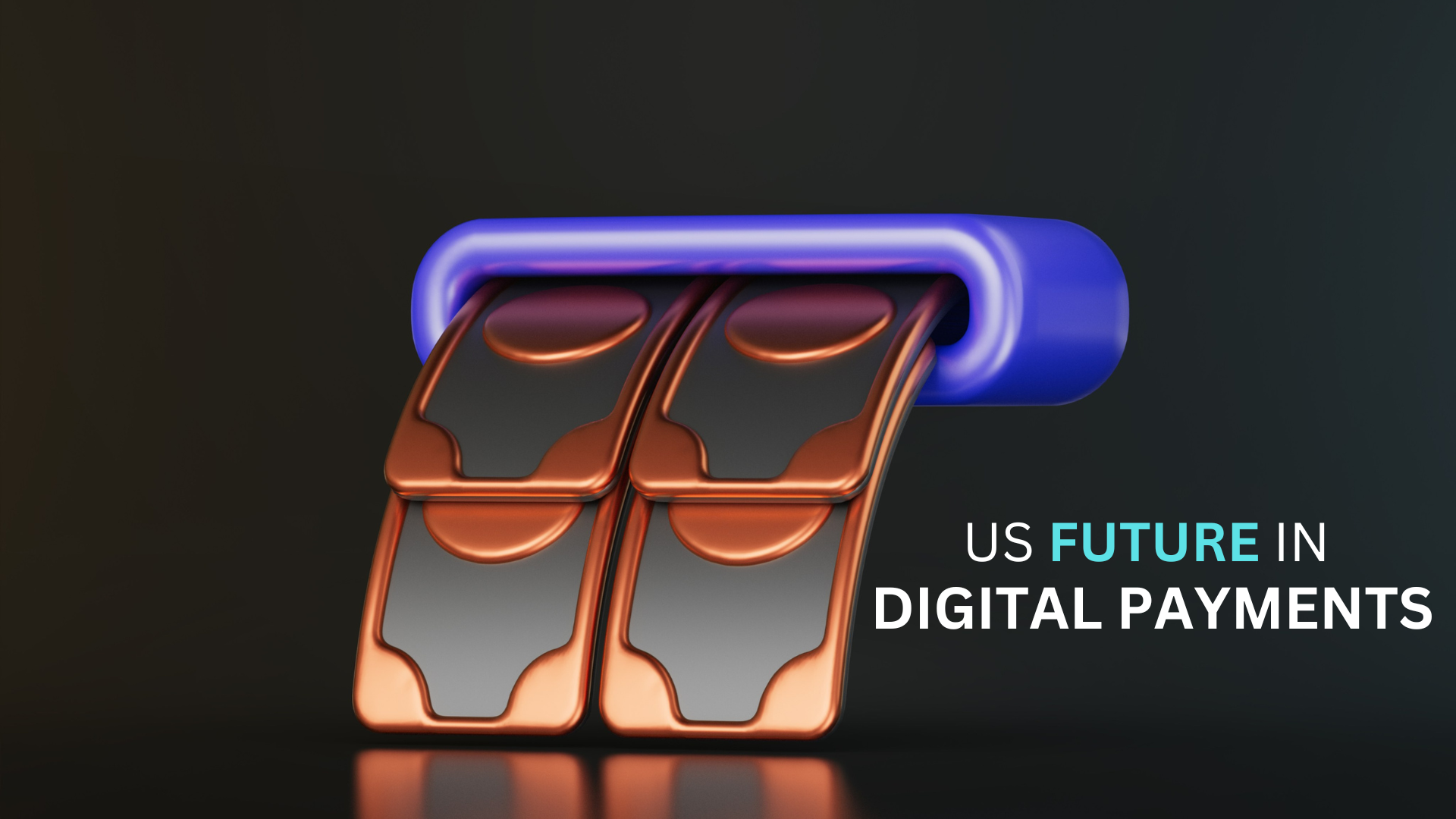
| January 4th, 2023 |
Future of Digital Payment Services in the US!
The payment landscape is still changing. New systems, new approaches, and new actors are reshaping the payments industry as a result of innovation and changes in customer preferences. Domestic payments are becoming more fast, commonplace, and convenient thanks to technology. There are more and more systems available worldwide that allow for very immediate retail payments between individuals. Numerous payment systems are active around the clock, every day of the week.
With all of us becoming increasingly agnostic in the use of payment platforms and channels as we get used to different means of payment for different purposes, today’s payments infrastructure is now supporting the growth of digital economies and driving innovation while serving as the backbone for our economies.
There are a few trends that are likely to shape the future of payments in the United States of America:
Increased use of digital payments:
Digital payment methods, such as mobile payments, online payments, and contactless payments, are becoming more popular and are expected to continue to grow in popularity in the future. In 2021, an estimated 82% of Americans used digital payments and these numbers are only going to increase exponentially.
Greater adoption of technological solutions:
Many companies are developing innovative solutions for payments and other financial services, like eChecks and these solutions are likely to be increasingly adopted by consumers and businesses. Such technological ways are proving to be of great help to individuals or businesses dealing with large sums of money, especially in transactions.
Growth of alternative payment methods:
Alternative payment methods, such as cryptocurrencies and mobile wallet apps, are gaining traction and may become more widely accepted in the future. It is reported that the younger generation is increasingly interested in alternate notions of monetary exchanges such as cryptocurrencies. However, experts are still trying to understand whether such methods can withstand economic hurdles the way the established system has.
Increased use of biometrics:
Biometric authentication methods, such as fingerprint and facial recognition, are becoming more common in the payments industry and are likely to be used more frequently in the future to secure transactions. Since transactions are shifting to a digital sphere, it is becoming increasingly vulnerable to threats and attacks as well. Newer payment methods will adopt ways of using biometrics to multiply authenticity.
Increased focus on security:
With the proliferation of digital payment methods, there is a greater need to ensure the security of payment transactions. This will likely lead to the adoption of more advanced security measures, such as two-factor authentication and tokenization. We are already experiencing added layers of security when it comes to e-banking. This trend is only going to continue and flourish.
Conclusion:
It is no surprise that the payment industry is in the middle of huge changes that are going to alter, forever, the way we interact with and understand money. The United States has always been at the forefront of such changes. It is necessary to inculcate such financial alterations with due diligence. Such industrial changes in payments can assist one’s business and individual growth. It can foster the growth of a new and better market where we can easily exchange monetary sums without the hassles that once were.